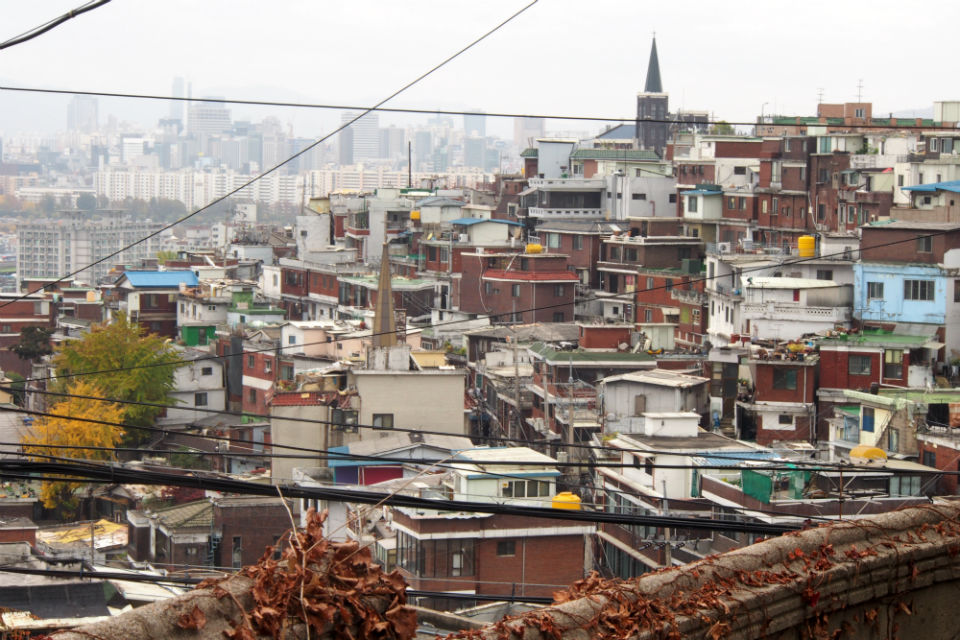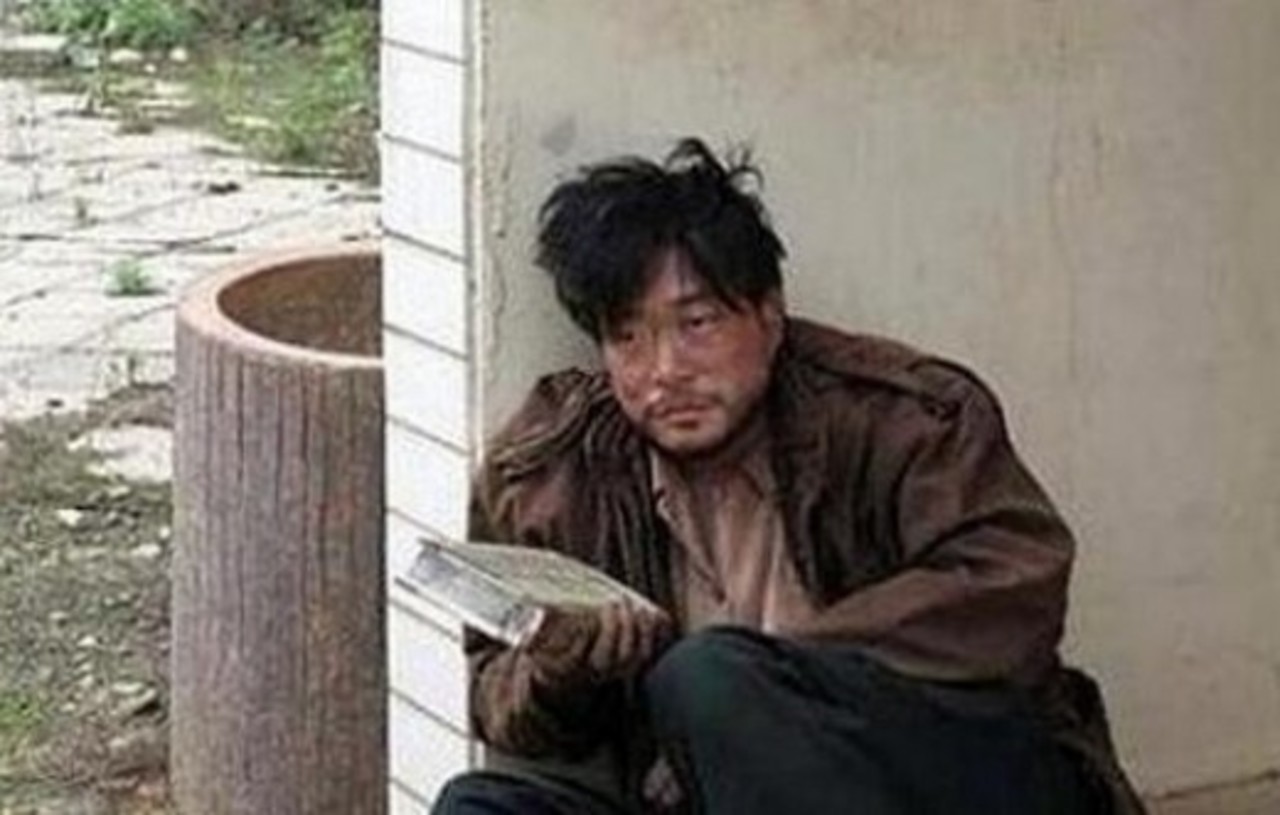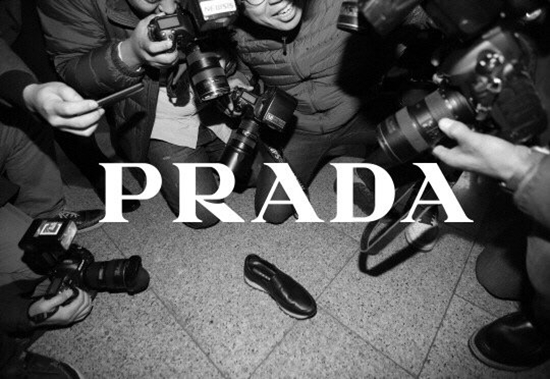Itaewon has a reputation as Seoul’s ‘foreign’ area. Standing next to U.S. Army Garrison Yongsan, it has long catered to the off-base needs and urges of military personnel, gaining a sleazy reputation in the process. Many South Koreans were afraid to set foot there until a few years ago. Nowadays, it’s home to foreigners from everywhere but Antarctica and draws huge crowds of young South Koreans thanks to its international restaurants and nightlife.


